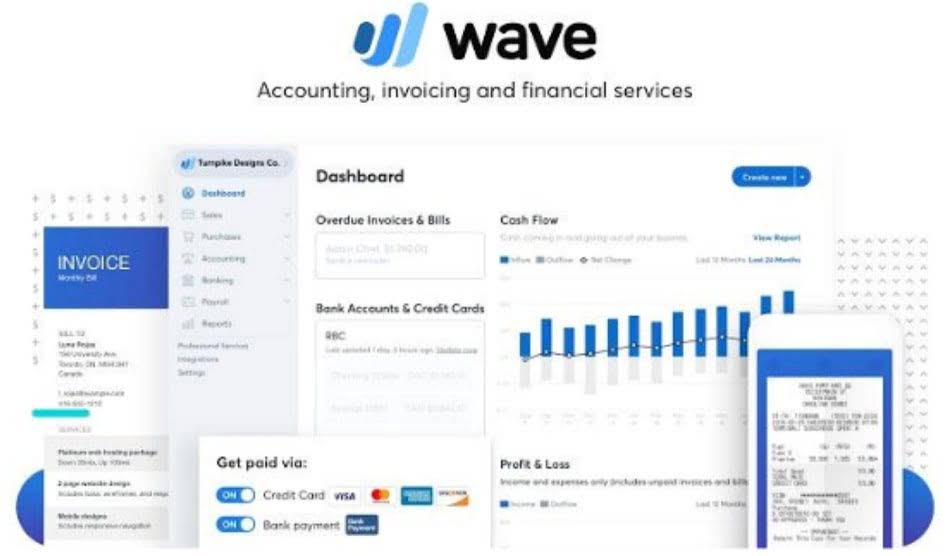
Journal entries use debits and credits to record the changes of the accounting equation in the general journal. Traditional journal entry format dictates that debited accounts are listed before credited accounts. Each journal entry is also accompanied by the transaction date, title, and description of the event. Here is an example of how the vehicle purchase would be recorded. Closing entries are a necessary part of the accounting cycle as they allow businesses to generate financial statements and file tax returns every month and year accurately.
- In the realm of accounting and bookkeeping, journal entries collect key details of business transactions.
- Notice that the total amount debited is equal to the total amount credited.
- For example, a standard journal entry for the payment of $1,200 in bar association fees in cash would show a debit of $1,200 and a credit of $1,200 in cash.
- Each accounting period’s data must be contained within the designated time frame in order to accurately depict the financial standings of the company.
- In accounting, a journal entry is the record of a financial transaction that a business (like your law firm) makes in the law firm’s journal.
- For example, most accounting software can automatically create journal entries when you receive invoices or payments.
In double-entry bookkeeping, you took $5,000 from your cash account and moved it to your equipment account. You will have no trouble as long as you know how to use debits and credits and what accounts to record. Here is an additional list of the most common business transactions and the journal entry examples to go with them. Every firm has some opening entries in their ledger consisting of previous accounting years which are carried forward to the next year. Opening entry can be either side of a ledger as it depends on the performance of the firm.
You get paid by a customer for an invoice
The merger is divided into two parts where debits and credits of a firm are mentioned. The ledger should be balanced by the end of the accounting year. QuickBooks Online is a popular accounting software solution for small businesses.

We’ll be using double-entry examples to explain how journal entries work. If you use accounting software or outsource your accounting, your journal entries may not be visible, but they’re being generated in the back end, ensuring your books are accurate and up to date. Every journal entry in the general ledger will include the date of the transaction, amount, affected accounts with account number, and description.
Example No. 3: When the credit side is short but the balance of the capital account is also given
Temporary accounts can be found in the accounting ledger, specifically the general ledger of accounts. This ledger is used to record all transactions over the specific accounting period in question. This list of general ledger accounts with their balances is known as the trial balance. Each accounting period’s data must be contained within the designated time frame in order to accurately depict the financial standings of the company. In other words, According to the going concern principle of accounting, The business has a long life means for so many numbers of financial years.
Mark to Market (MTM): What It Means in Accounting, Finance, and Investing – Investopedia
Mark to Market (MTM): What It Means in Accounting, Finance, and Investing.
Posted: Fri, 17 Nov 2023 08:00:00 GMT [source]
The opening balance is the amount of capital or fund in a company’s account at the start of a new financial period. After analyzing and preparing business documents, the transactions are then recorded in the books of the company. In double-entry accounting, transactions are recorded in the journal through journal entries. The purpose of an accounting journal is record business transactions and keep a record of all the company’s financial events that take place during the year. An accounting ledger, on the other hand, is a listing of all accounts in the accounting system along with their balances. In a going concern type, the closing balance of the previous accounting period becomes the opening balance for the beginning of the next accounting year.
Time Value of Money
It is important to note that previous accounting period data should not be carried over into a new period, as it can greatly skew information and negatively impact businesses. Each period must use fresh accounts to begin recording transactions anew and start the process all over again. Made at the start of an accounting period, reversing journal entries cancel an adjusting entry that was recorded in the previous period to help simplify the accounting process. Reversing journal entries are often made to account for accrued revenue and expenses.

My Accounting Course is a world-class educational resource developed by experts to simplify accounting, finance, & investment analysis topics, so students and professionals can learn and propel their careers. Entry #4 — PGS purchases $50,000 worth of inventory to sell to customers on account with its vendors. Sage 50cloud Accounting offers plans suitable for one-person offices as well as businesses that require multi-user capability, with the Quantum edition supporting up to 40 users. Whichever way they’re recorded, they are a necessity for any business. The Capital account is given in the question so we cannot post this balance amount in the capital account, so we have to open a new account Capital Reserve A/c.
Without these entries, the accounts will fail to show the true and fair view of the financial status of the firm. It is important to accurately determine the value of the stock being recorded in the journal entry. This may include opening balance journal entry example the cost of the stock, as well as any additional expenses such as taxes or shipping costs. You will enter the amount of money your business starts with at the beginning of your reporting period (usually the 1st of each month).